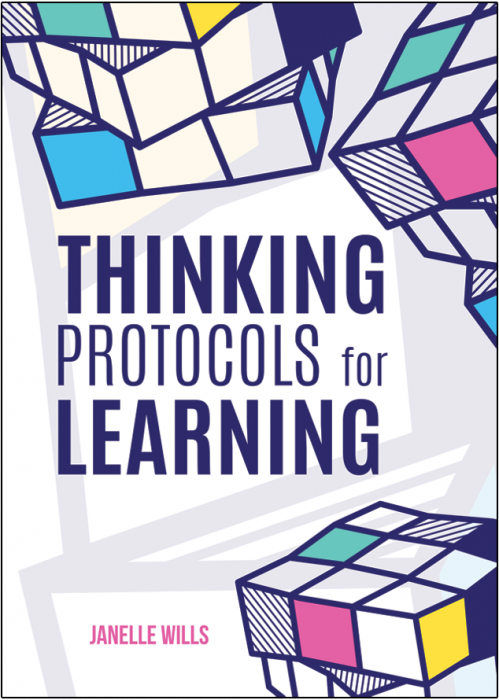Understanding and Developing Metacognition
Metacognition was first introduced by American developmental psychologist, John Flavell, in the 1970s. It comprises two main components: metacognitive knowledge and metacognitive regulation. The former involves being aware of our own thinking, while the latter relates to the ability to manage our thought processes.
Metacognitive knowledge involves understanding what we know, what we don’t know, and what we need to know. It also involves recognising the steps required to solve a problem and the different approaches that could be used to achieve a successful outcome.
Metacognitive regulation, on the other hand, involves managing our own thinking process. This includes effectively planning a task, monitoring and regulating the effectiveness of the selected strategies, and assessing the outcome against predetermined criteria.
Metacognition involves self-regulation of cognitive efforts. In a classroom setting, self-regulation refers to the extent to which students are actively involved in their learning process. It includes behaviours such as paying attention to instructions, organising and rehearsing information, establishing a productive work environment, using resources effectively, and experiencing satisfaction with one’s efforts.
Research shows that students with strong self-regulatory behaviours are better equipped to succeed academically and maintain a positive outlook on their future. They are also more likely to remain resilient in the face of challenges and persist through difficult tasks. By cultivating these behaviours, we can help students overcome unproductive habits of mind that can hinder their academic performance including giving up too quickly when a task becomes difficult or requires extended time to solve.
Five Ways to Develop Metacognitive Behaviours
- Strategy Planning
Before a learning activity, teachers take the time to develop and discuss strategies and steps for dealing with problems, rules to remember and steps to follow. At this stage, teachers discuss time restraints, purposes and conditions under which students are to operate so that students can keep these in mind as they work.
During the activity, teachers should encourage students to share their progress, thoughts, and perceptions of their own behaviour. By asking students about their current progress, thinking process, and any changes they might make, teachers can diagnose possible errors in reasoning or misconceptions students might have. This approach also provides opportunities for more targeted assistance and feedback.
After the activity, teachers should ask students to reflect on their adherence to the initial ground rules, whether they followed instructions, how effective their strategies were, and to think about more efficient strategies that could be used in the future.
- Question Generating
The self-generation of questions facilitates understanding by encouraging students to ‘self-check’. The questions below can also be used. They have been adapted from Walsh and Sattes (2012) and further refined based on teacher feedback.
- What am I seeking to learn or be able to do?
- What do I already think and know about this topic? Is this accurate? How do I know it’s accurate?
- What strategies will I use to make meaning of the content?
- In what ways am I monitoring my progress and understanding of the content?
- In what ways am I taking responsibility for my own learning?
- What have I learned? How can I take my learning to the next level?
- Conscious choosing
Helping students to explore the consequences of their choices and decisions before and during the process of deciding helps to develop metacognition (Costa, 2001). Being conscious of their choices helps students to understand the causal relationships between their choices, their actions and the results achieved.
- Differentiated evaluating
This strategy also encourages students to be reflective by asking them to evaluate their actions based on two or more criteria. For example: what they liked or didn’t like about an activity; what was positive about their behaviour or what could be improved; what were the pluses or minuses of the group activity. Students must also justify their responses.
- Modelling
Costa (2001) suggests modelling is one of the most effective strategies for developing metacognitive behaviours. He argues that students learn best by imitating significant adults around them and that teachers who openly demonstrate metacognition have a greater likelihood of developing students who are metacognitive.
Teachers might:
- share their planning by describing their goals and why they have chosen particular actions.
- make errors and then be seen to rectify the error by ‘getting back on track’.
- admit that they may not know an answer and then discuss ways to find the answer.
- seek feedback on their actions from others.
- have a clearly stated value system and make decisions that are consistent with that value system.
- talk about their own strengths and weaknesses.
- demonstrate understanding and empathy by listening to and accurately describing the ideas and feelings of others.
Metacognition regulates all other types of thinking and is therefore the starting point for Thinking Protocols for Learning and the basis for any thinking skills program. Teachers often struggle to find a resource that brings together strategies for teaching thinking skills, ideas for grouping students and ways to promote a more collaborative classroom environment. Thinking Protocols for Learning is in response to that need, drawing upon ideas and strategies from many different areas and authors.
Grow students into creative, ethical, and critical thinkers who confidently navigate our changing world. In this comprehensive guide, the author brings together strategies for teaching thinking skills, designing group activities, and promoting a collaborative classroom environment. Begin using these ideas in your own classroom, and watch your students flourish as they learn to question, explore multiple answers, and consider multiple perspectives.
Use this resource to explore the importance of student self-efficacy:
- Understand the development and applications of metacognition.
- Learn how to teach various thinking skills, including critical, creative, and ethical thinking.
- Facilitate strong group dialogue among students.
- Explore problem solving and problem posing in order to encourage thinking-skill usage among students.
- Embed practical strategies for teaching critical thinking skills into everyday classwork.
Interested in Thinking Protocol for Learning? Explore this title at the Grift Education Bookshop .





